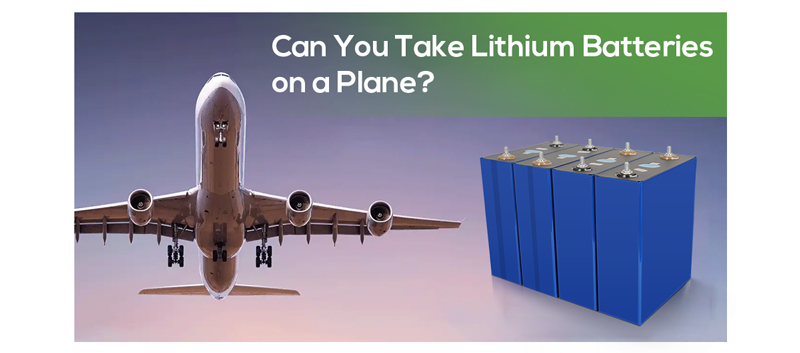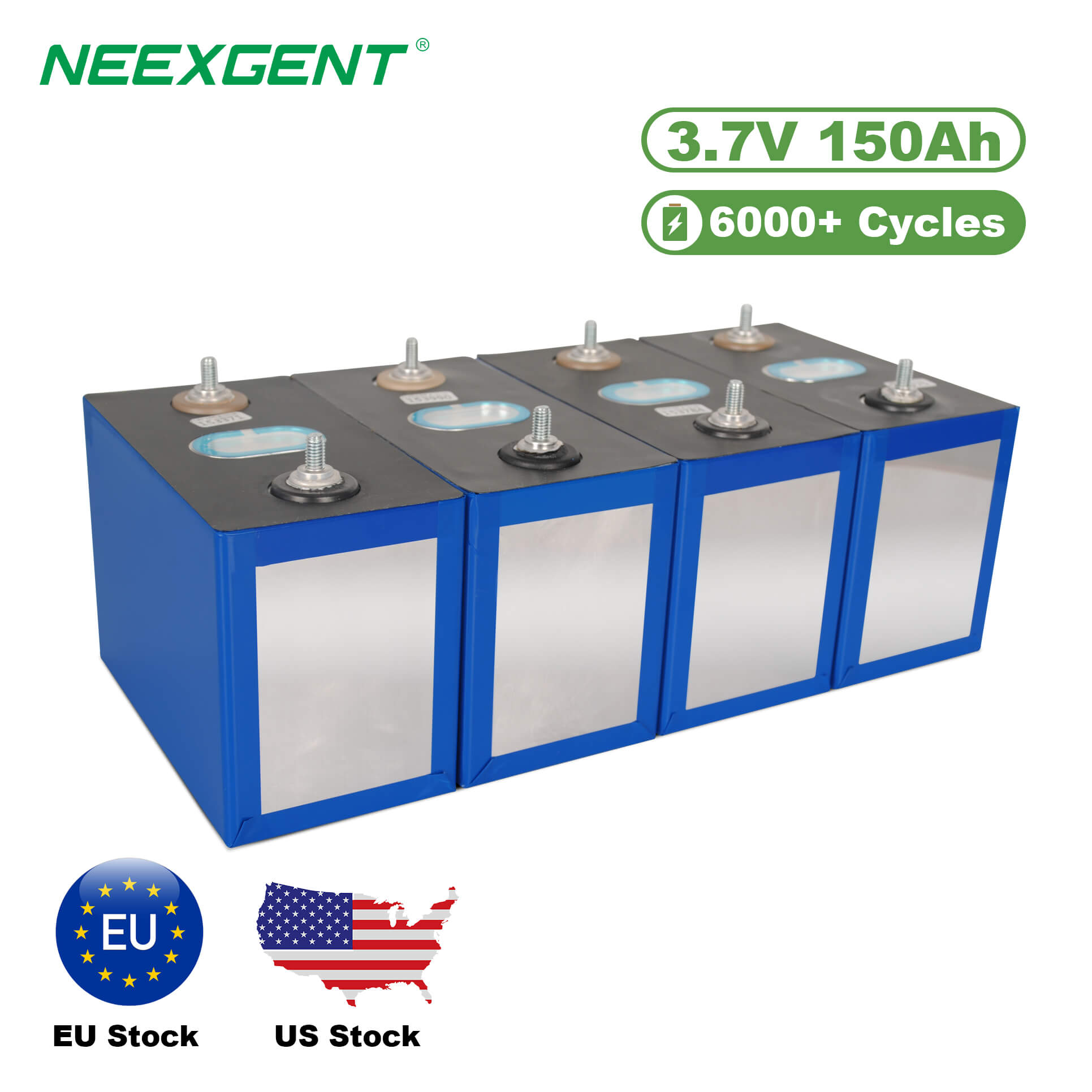Contents:
The Risks of Lithium Batteries on Planes
Regulations for Carrying Lithium Batteries on a Plane
Special Considerations for Lithium Batteries
Important Tips for Safe Travel with Lithium Batteries
Regulations by Region
FAQs
Lithium batteries, commonly used in devices like smartphones, laptops, and electric vehicles, have raised concerns about their safety when transported by air. The fire risk associated with lithium-ion and lithium-metal batteries is one of the main reasons why airlines and aviation authorities have strict guidelines for their transport. However, this doesn't mean that you cannot bring lithium batteries on a plane; it's all about understanding and adhering to the rules and precautions in place.

The Risks of Lithium Batteries on Planes
Lithium batteries are known for their high energy density, which makes them efficient for powering various devices. However, in certain circumstances, lithium batteries can pose significant risks, particularly if they are damaged, short-circuited, or subjected to high temperatures. A short-circuit or battery malfunction can lead to a fire, which is a particular concern when transporting them by air.
In 2016, a series of incidents involving overheating lithium-ion batteries on planes led to increased scrutiny and regulation of these items in the air transport industry. These incidents prompted international aviation bodies like the International Air Transport Association (IATA) and the Federal Aviation Administration (FAA) to establish guidelines to reduce the risk of battery-related incidents during flights.
Regulations for Carrying Lithium Batteries on a Plane
Carrying Lithium Batteries in Carry-on Luggage
The most common type of lithium battery, found in devices such as smartphones, laptops, and tablets, is typically allowed in your carry-on luggage. Passengers can usually bring lithium batteries that are up to 100 watt-hours (Wh) in capacity. These batteries are often permitted in both checked luggage (in certain cases) and carry-on bags, as long as the capacity is within the acceptable limits.
-
Up to 100 Wh: Most consumer electronics, including laptops and smartphones, fall into this category and are generally allowed in carry-on luggage.
-
Between 100 Wh and 300 Wh: Larger batteries, such as those found in electric wheelchairs or power banks, require approval from the airline. You may be allowed to carry these on board, but only in carry-on luggage and with limitations on the number of batteries.
-
Over 300 Wh: These batteries are typically prohibited from being transported on passenger flights due to the risk they pose in the event of a malfunction.
It’s important to ensure that lithium batteries are not damaged, and that any spare batteries are individually protected to prevent short-circuiting. Many airlines require batteries to be packed in their original packaging or wrapped in plastic to prevent contact with metal objects like coins or keys.
Carrying Lithium Batteries in Checked Luggage
While lithium batteries can technically be placed in checked luggage, many airlines discourage or restrict this. If you need to check a device containing a lithium battery, it’s important to remove the battery (if possible) and store it separately in your carry-on bag. For lithium-ion batteries larger than 300 Wh, you will most likely not be allowed to transport them on a commercial flight at all.
Here’s a quick guide on what can and cannot be checked:
| Battery Type |
Max Capacity for Checked Luggage |
Remarks |
| Lithium-Ion |
≤100 Wh |
Allowed in both checked and carry-on luggage if protected appropriately |
| Lithium-Ion |
100 Wh - 300 Wh |
Allowed only in carry-on luggage with airline approval |
| Lithium-Metal |
≤300 Wh |
Generally prohibited in checked luggage |
| Lithium-Ion (larger than 300 Wh) |
>300 Wh |
Prohibited on commercial flights |
Special Considerations for Lithium Batteries
Airlines may have additional policies regarding the transportation of lithium batteries, so it’s crucial to check with the specific airline before flying. Additionally, certain devices like electric scooters or power banks may have specific restrictions based on their battery sizes.
For passengers with medical devices that require lithium batteries, such as pacemakers or oxygen concentrators, it’s advisable to notify the airline in advance. Airlines will typically allow these devices but may require documentation or other special arrangements.
Important Tips for Safe Travel with Lithium Batteries
-
Always check the regulations: Different airlines and countries may have specific rules regarding lithium battery transport. Always verify the airline's policies before packing.
-
Protect the batteries: Spare lithium batteries should be placed in protective cases to prevent short-circuiting. This may include covering the terminals with tape or using a plastic battery case.
-
Limit the quantity: Most airlines allow only a limited number of spare batteries per passenger, so it’s essential to know the exact limit.
-
Avoid placing batteries in checked baggage: To reduce the risk of fire, avoid packing spare lithium batteries in your checked luggage. Always keep them in your carry-on bag.
-
Monitor for recalls: If your device or battery has been recalled, do not bring it on a plane. Many airlines will refuse to transport items with recalled batteries.
Regulations by Region
The regulations for transporting lithium batteries can vary slightly depending on where you're flying from or to. The IATA’s Dangerous Goods Regulations (DGR) cover international transport, while local aviation authorities like the FAA (in the U.S.) or the European Union Aviation Safety Agency (EASA) may have specific rules for domestic flights.
Always check the regulations for both the departure and destination countries, as these can sometimes differ. For example, the U.S. has certain regulations regarding the transport of lithium batteries that differ from the European Union’s standards, particularly concerning the transport of large lithium batteries.
FAQs






